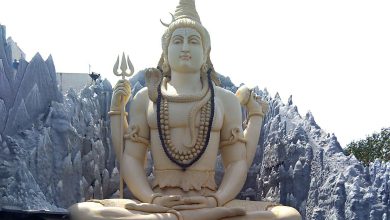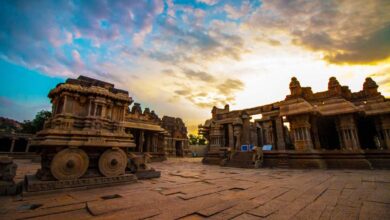What Unites the Singaporean Indian Diaspora?
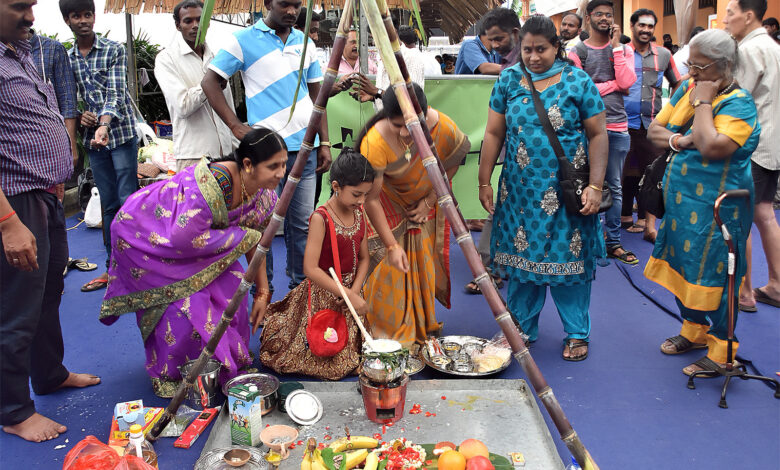
History of Singapore
Initially named Singapura after the Indonesian prince Sang Nila Utama spotted a lion (singa‑lion, pura – land of) in the sunny island, it was modernized and renamed Singapore by Sir Stamford Raffles in the year 1819. Used as a trading post of the British Empire, Singapore became an independent country in the year 1965. Although the country initially struggled, mostly because of its lack of natural resources, Singapore rapidly developed from a third world nation to a first-world country by relying solely on external trade.
Singapore boasts of being one of the few nations with a multi-cultural and multi-racial population. With a population of 5.84 million (as of 2019), Singapore’s ethnic composition consists of Chinese (76.2%), Malays (15.4%), and Indians (9.4%). Because of this, Singapore not only has universal English as its official language, but also Mandarin, Malay, and Tamil. These languages are taught in schools as part of the primary and secondary curriculum, and the respective cultural holidays are also celebrated nationwide, amongst each racial group and across.
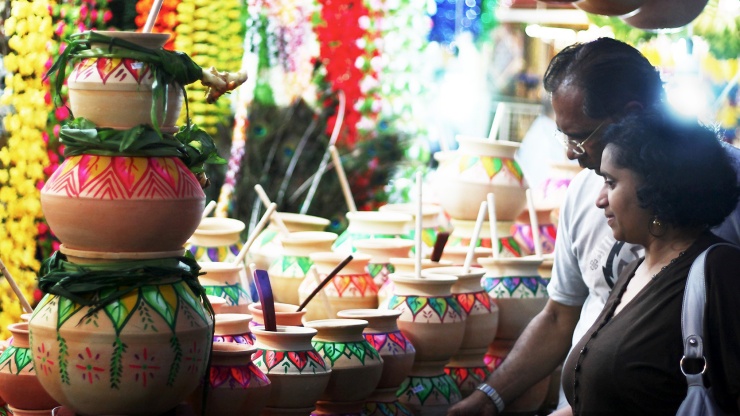
Indian Singaporeans
Background
Indian Singaporeans trace their ancestry back to South Asia and they have been living in the island of Singapore since the British occupancy of 1819. These are mostly the offspring of settlers who came from India during the 19th and early half of the 20th century. Although Indian Singaporeans are mostly religiously and linguistically diverse, most of them are ethnically Tamils and religiously Hindus. The local Indian culture has persevered and developed over the course of almost two hundred years, and by the early 1990s, had grown to be an amalgamation with wider Singaporean culture.
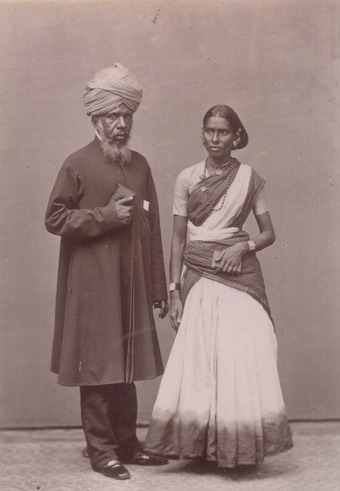
Singaporean Indians are categorized based on their respective ethnolinguistic backgrounds in the Indian subcontinent, also known as the ‘dialect group’. The majority of Indians in Singapore trace their ancestry back to Southern India and Sri Lanka, and a significant number of groups hail from Northern and Western India. The main Indian language spoken in Singapore remains to be Tamil.
The uniqueness of Singaporean Indians
Made up of a majority of Tamil descendants, the Singaporean educational curriculum allows for the Tamil language to be taught in schools. This means that students with a Tamil background can opt to formally learn their mother tongue as part of their syllabus. Teachers who teach this in schools are required to undergo professional training to attain mastery over the language, and pure Tamil (செந்தமிழ், senthamizh) literacy is taught to children between the ages of 4 and 18 (kindergarten to tertiary education). Through the course of this, students learn to read, write, and speak in Tamil, and they must undertake exams to put their learnings to the test.
It can be observed that Singaporean Indians take their culture very seriously. In schools where there are students of all ethnicities, the significance and celebration of Hindu festivities are shared with all students. Tamil festivals being celebrated in schools are very common and well-received. Festivals like Pongal and Deepavali are celebrated with much gusto among students and teachers. Tamil students prepare the Pongal dish out of traditional mud pots and decorate the floor with colorful rangoli designs. Traditional games like silambattam (சிலம்பாட்டம்) and pallanguzhi (பல்லாங்குழி) are played among students, and yet other students perform Indian classical dance like Bharatanatyam to show peers of other backgrounds how their tradition is observed. Sometimes, they also host dinners in their homes where they serve various traditional dishes to their classmates of other ethnicities!
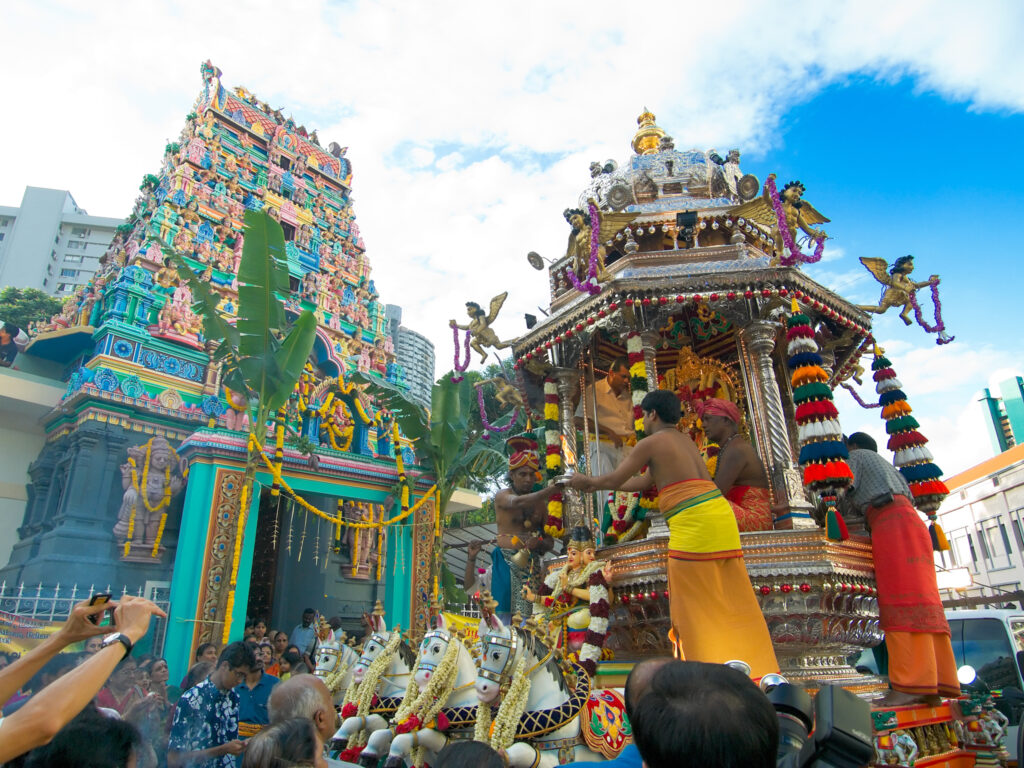
Thaipusam (தைப்பூசம்), a festival revered by the Tamil Hindu community on the full moon in the Tamil month of Thai, is also celebrated very grandly in Singapore. Numerous pilgrims, their bodies impaled by hooks, spears, and spiked steel structures called kavadi, start their procession at the Sri Srinivasa Perumal Temple and end their walk at the Sri Thendayuthapani Temple, a walk of four kilometers. This act of penance is observed by devotees in appreciation to Lord Subramanian or Murugan, the son of Lord Siva, for granting their prayers of supplication.
Anyone who visits Singapore’s Little India bears testimony to the fact that it is just like India – with its vibrant shops and music. Be it restaurants that serve traditional Indian food ranging from Saravanaa Bhavan to Anandha Bhavan, or shops that sell fragrant flowers and fresh vegetables flown in from India, or sari shops that sell the highest quality and beautiful silk sarees straight from India, Singapore’s Little India has it all!
Also, Little India boasts of the beautiful and vibrant decorations during any Hindu celebration. During Pongal and Deepavali, the streets are beautifully decorated with lightings.
Singapore, a tiny country with a minority of Indian population, can also boast of its own TV and radio channel where everything that is culturally and linguistically South Asian is celebrated and broadcasted. Vasantham is a Singaporean free-to-air television channel that is focused towards the local Indian community. Starting from quiz shows, educational programs, and fictional TV series, Vasantham offers a wide range of entertainment mostly in the Tamil language. However, on every weekend, Vasantham broadcasts movies of every regional Indian language.
Oli 96.8FM is a Singapore-based radio station that was designed to serve the local Indian (largely Tamil) community. Oli 96.8FM offers a blend of Indian songs, regional and global news, lifestyle, and classic and modern Indian hits.
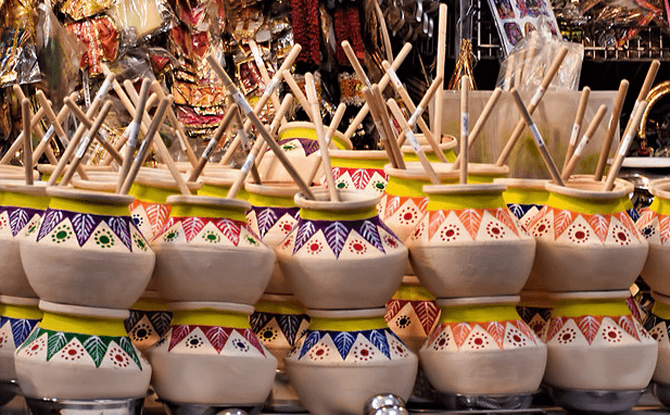
There is a whole week dedicated to the revival and promoting of the Tamil language, called Thamizh Mozhi Vaaram (தமிழ் மொழி வாரம்) that is observed nation-wide. During this campaign, schools and TV channels alike create programs that include games and competitions that help children and adults alike learn more about the language. Sometimes, it also includes speaking to children of other ethnicities, teaching them about a Tamil alphabet or a tradition being practiced so that they are aware of what their neighbor is observing.
If you read this and think that what seems to hold us together is our shared Tamil identity, you are right! Tamil speakers all around the world believe that as long as we speak the ancient language, we aid in keeping its spirit alive and with it, our sense of camaraderie. An ancient language, Tamil also boasts of being the only “culture” that goes beyond religion. Some practices like the celebration of Tamil New Year and Pongal are observed by any person of Tamil origin regardless of their religion, and therefore the Tamil cultural identity is recognized to go beyond one’s barrier of religion.
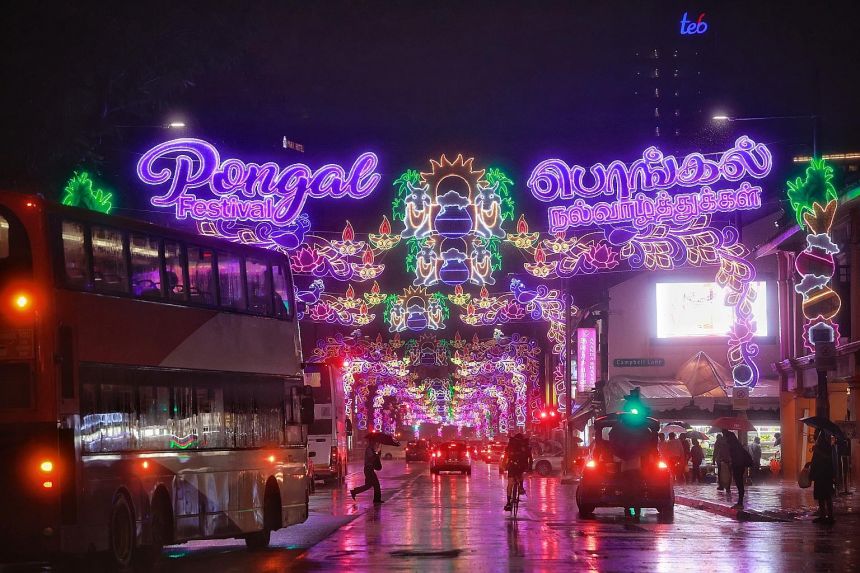
Of course, there are plenty of Indians in Singapore whose mother tongue is not Tamil. But growing up with so many Tamils, almost every Indian in Singapore can speak the language. Growing up in a multi-racial society like Singapore definitely has its perks, and it is that Tamils are also relatively fluent in other Indian regional languages as well as Mandarin and Malay.
In fact, Singaporeans have their own dialect of English, also known as Singlish, which is a proud combination of Tamil, Mandarin, and Malay. Not very different from English, Singlish borrows certain words and grammar from these other languages and is an amalgamation of all 4 languages. Just as Singapore is an amalgamation of the different ethnicities of people who have come together and built it, so is its spirit of togetherness.
For beyond our ethnic identities as Indian, Malay, or Chinese, we are Singaporean.



